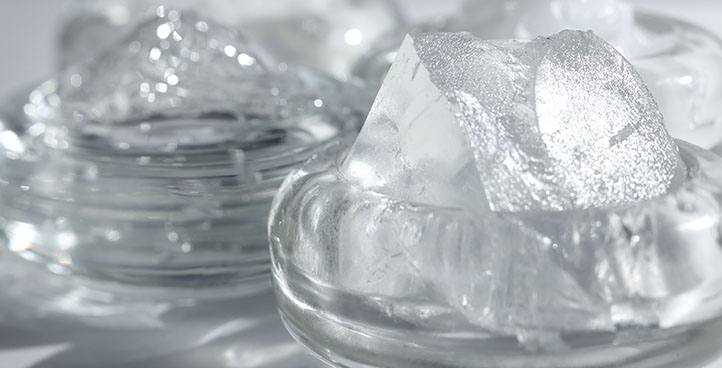Purest product CODEX PETROLEUM JELLY
Codex petroleum jellies are the purest in the world.
They can be used as an excipient or active ingredient. Their protective, healing, moisturising and softening properties are highly prized in the pharmaceutical and cosmetic industries. Neutral and inalterable, Aiglon’s petroleum jellies retain their moisturising power. Obtained by blending highly hydrogenated raw materials, these are not “petrolatum”.
Their high degree of refining bestows on them a purity which exceeds products of vegetable origin. Unlike petrolatum, our petroleum jellies are not on the CMR (Carcinogenic, Mutagenic, Reprotoxic) products list of the Cosmetics Directive, nor do they appear in the CLP regulation (Classification, Labelling and Packaging).
Aiglon and Synteal’s Codex petroleum jellies conform to the EP, Codex, BP, USP, DAB, JP pharmacopoeias.

6 key strengths of Aiglon petroleum jelly
The petroleum jellies made by Aiglon are of unequalled purity, with specific characteristics recognised by specialists, the market and consumers.

